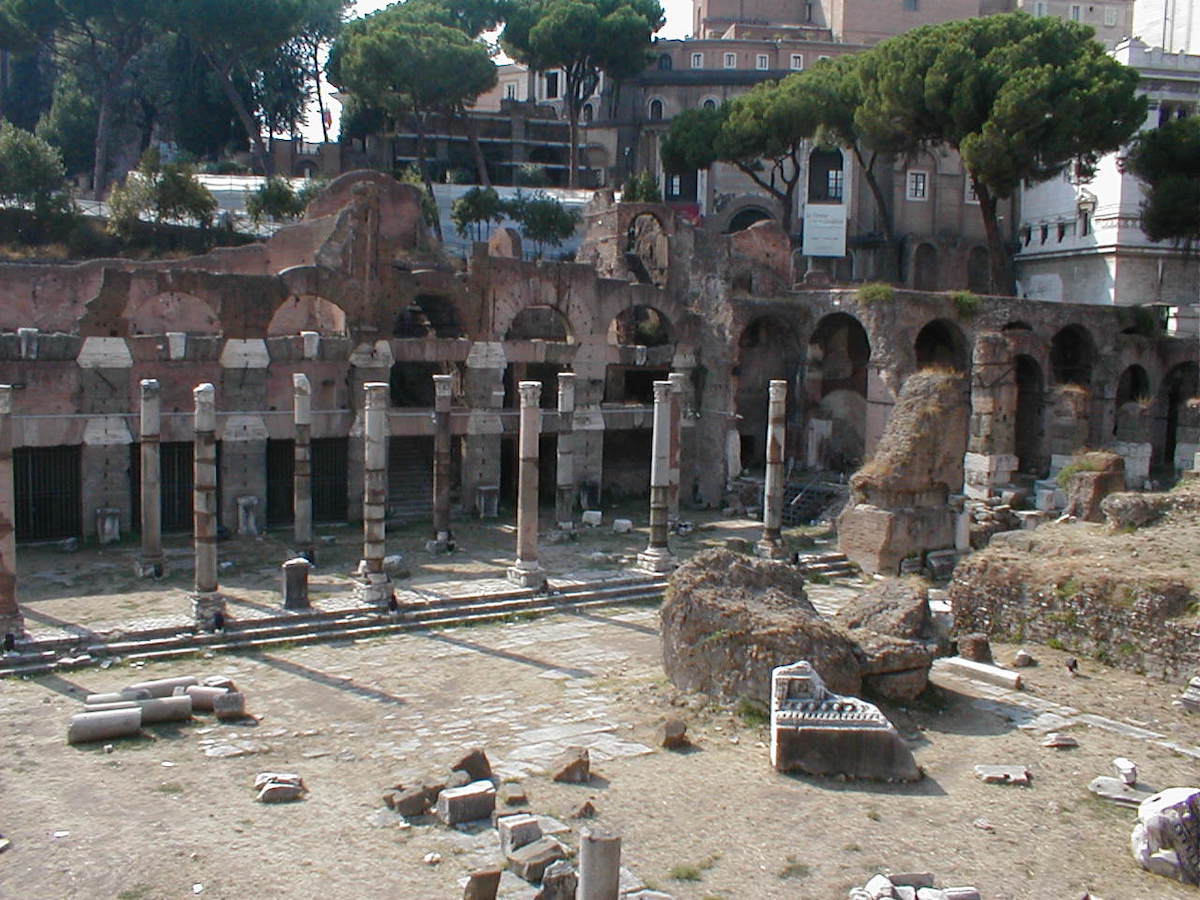Take time to notice your surroundings. You may discover mysteries in the ghosts and ruins that dot the landscapes.
You pass the same signs, the same buildings, even the same people day after day. But do you really pay attention? Our world drags us along speeding past the sights and sounds of daily life. You miss the detail. You see. But do you notice your surroundings? Do you look for stories hidden in the most mundane objects or structures?
“What we do with our attention, in short, is at the heart of what makes us human.” –Rob Walker
What treasures await the most observant?
The Art of Noticing
Rob Walker compiled 131 things to notice in The Art of Noticing. He organized them by looking, sensing, going places, connecting, or taking time to be alone. His small, intriguing book has become a favorite when I crave a bit of inspiration. What always surprises me is the simplicity of the suggestions.
“When you actively notice new things, that puts you in the present… As you’re noticing new things, it’s engaging, and it turns out… it’s literally, not just figuratively, enlivening.” – Ellen J. Langer
A myriad of reasons and excuses line up to dissuade us from noticing. Our compulsion to remain busy speeding our way through life, can leave us empty. After all, who has time to gaze out a window or stop on the side of the road?
Rob challenges the reader to “stop trying to be so productive all the time and make an effort to be more curious.”
Try looking for ghosts and ruins.
 I remember standing above excavated ruins in Rome. Do the ghosts of Julius Caesar and Marc Antony still walk through the ancient rubble?
I remember standing above excavated ruins in Rome. Do the ghosts of Julius Caesar and Marc Antony still walk through the ancient rubble?
The Coliseum seemed to echo the cheering sounds of spectators. You could almost feel the earth rumble as chariots raced around the field. Those ancient places, far from my own home, inspire and grab for my attention. But what about the ordinary, the everyday sights along my path? What ghosts and ruins lay waiting for me to notice?
A “noticing lesson” from Rob’s book caught my eye. He references the work of Professor William Cronon and a group of graduate students who developed online resources to support environmental history research.
“How to Read a Landscape,” suggests examining the environment for ghost landscapes. These are “clues left behind from the past that show what a previous landscape may have looked like and how it was altered to achieve its present state.”
For example, I often see roads to nowhere as I drive along highways in my home state of Texas. Did they ever go somewhere? Who lived along that stretch of road? Does a long-forgotten house hide behind the trees?
Or in an open field, rows of fruit trees stand amidst the tangle of wild undergrowth and mesquite trees. Someone must have planted those trees. They stand abandoned, left to the whims of nature. What story can the trees and ghosts tell us about what existed in the past and the present reality of that field?
Ruins like ghosts include remnants of the past. Such as an out-of-service payphone, or a weathered sign overgrown with weeds. Why do they still stand? Why hasn’t someone removed these artifacts from another world?
As you stop to notice, when you pay attention, you become curious. The questions you might ask lead you to understand a place in a deeper way.
Pay attention to your ghosts and ruins.
The landscape is only one place to “notice” artifacts of the past. What about our homes or our workplaces? I have a wooden rocking chair from my childhood in a bedroom. On a shelf in another room, sits an avocado green rotary dial phone. An oddity in a world of cell phones that we carry in our pockets. What do these relics tell you about me? My home? What I value?
When I work with a team, we examine the way they do their work. They often discover ghosts of past employees in the form of tasks or reports. They have lost their purpose but continue to litter the flow of the current work.
My team clamored for more storage space for the boxes piling up in their offices. They presented me with a solution. Lobby to take over another space in the building for extra space.
The only problem—we had a large room in the center of our area with abundant cabinets and shelves. All overflowed with boxes, stacks of file folders, and old equipment. I brought the team together for an inventory of all this “stuff.”
Who owned it? What purpose did it serve? Why did we keep it? By the end of the day, barren shelves sat waiting for another round of more current “stuff.”
Why should we notice?
When we stop, pay attention, and look, we can discover the world right in front of us. What will you find? Inspiration? A bit of history?
You may learn something new about yourself. Curiosity sparks questions. Questions lead us to discoveries. Discoveries open the door to innovation.
I challenge you to take a few moments in your busy day to stop. Pay attention. Notice your environment—ghosts, ruins, everything. If you are willing, an adventure of the mind awaits you.
And always—
Be kind. Be brave. Be you.
Photo: © Kathryn LeRoy


Leave A Comment